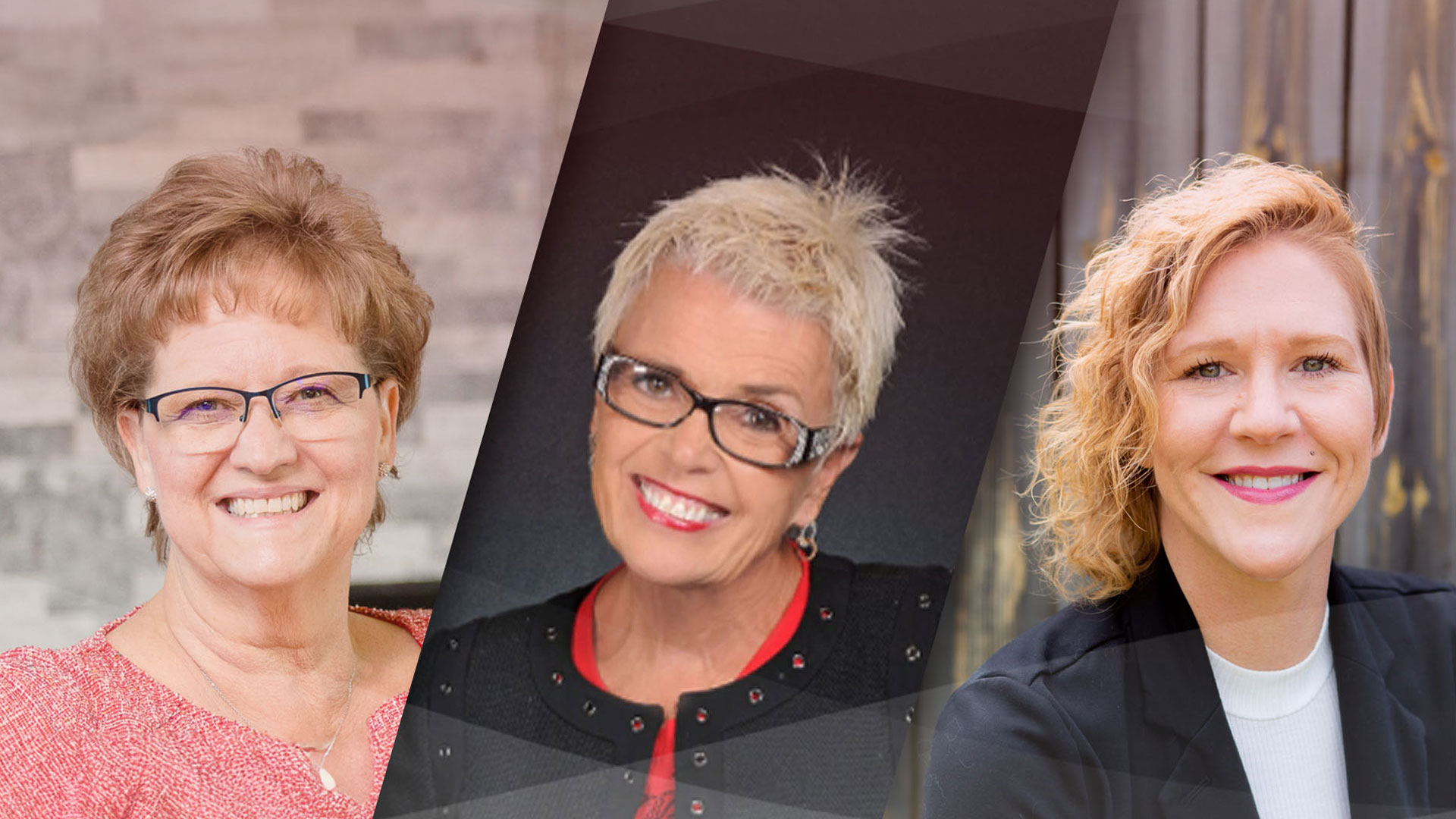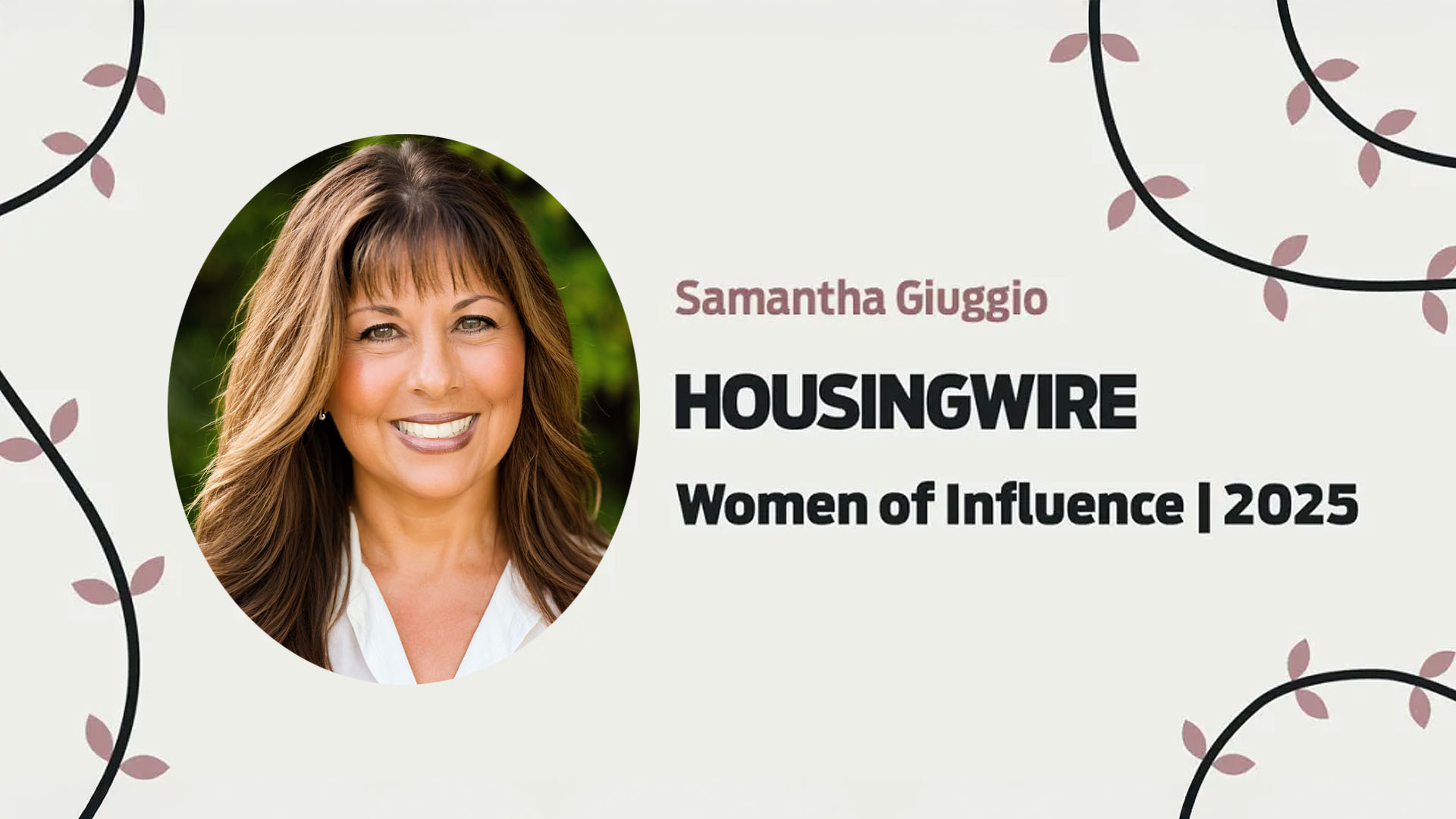
Your real estate clients who are seeking mortgages at today’s higher interest rates may ask about buying down their rate. This practice allows buyers to lower their interest rate somewhat by paying additional money upfront at closing. Here’s how buying down an interest rate works and what your clients need to consider before doing so.
How buying down the rate works
Buying down a mortgage interest rate means paying additional costs at closing. The amount paid is calculated in points. A point equals one percent of the mortgage amount. In return for the points paid, the mortgage interest rate is lowered by a certain amount. For example, a buyer getting a $300,000 mortgage at 7 percent can pay one point, or $3,000, and lower their interest rate to 6.75 percent.
A buyer negotiates a buydown with their lender, so the transaction’s structure can differ. Some buydowns will lower the interest rate over the life of the loan. Others lower it for a much shorter period of one to three years. The longer, the lower rate period, the more mortgage points that will need to be paid at closing, but the more the buyer will save on mortgage interest.
The points a buyer pays are prepaid interest. Points do not pay down the principal loan amount.
Who pays the points?
Homebuyers often are the ones who pay points to lower the interest rate on a mortgage. But in what has become a buyer’s market, sellers sometimes offer to buy down the mortgage rate as a concession to a potential buyer. And builders of new developments may offer buydown deals, particularly to early buyers. These buydowns are usually just for the first few years of a loan. For example, a seller paying points may lower the interest rate by 2 percent in the first year and 1 percent in the second year. After that, the relief ends.

Is a buydown the best choice for your client?
Unless the seller or builder pays, a buydown makes sense only where the client has sufficient cash to make the down payment, pay closing costs and fund the buydown. Assuming that is the case, a buydown of a few years may be the way to go, particularly for buyers who expect their income to increase in the near future. Buydowns for the life of the loan can save a buyer tens of thousands of dollars over the life of the loan. But if a buyer plans to resell their home within a few years, they won’t get the full benefit of the buydown. To determine whether a long-term buydown makes sense, a buyer must determine how long it will take to recoup the cost of the mortgage points they paid to lower the interest rate. To calculate the number of months it will take to break even, divide the cost of the buydown by the monthly savings on interest. If the buyer plans to sell before they have recouped their costs, buying down the interest rate doesn’t make sense.
Do you have the right team supporting YOU and your clients’ mortgage needs? Look no further than Encompass Lending Group. ELG’s goal is to make you the champion with on-time closings and world-class service, so your clients will refer you to their families and friends, which will take your business to the next level.





